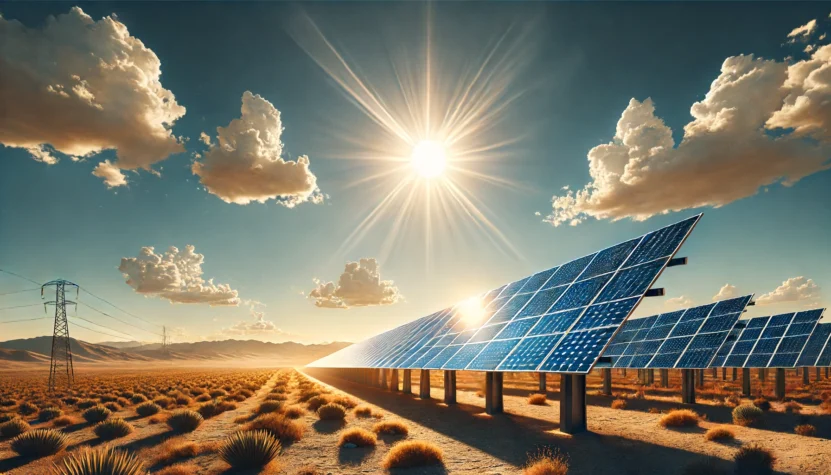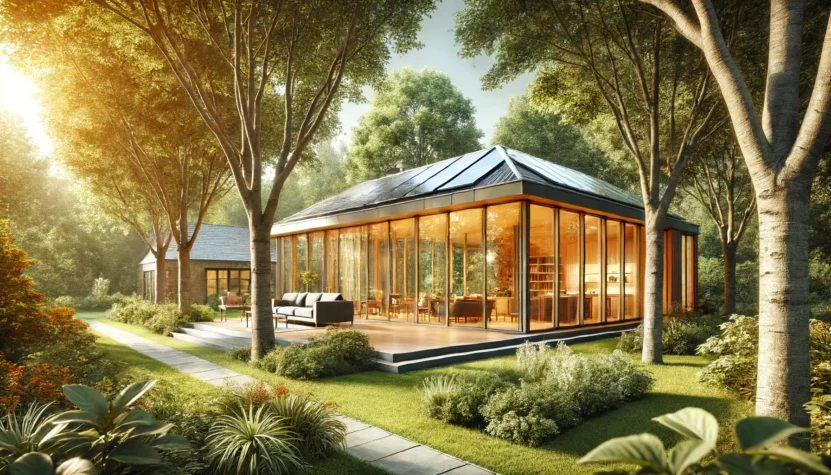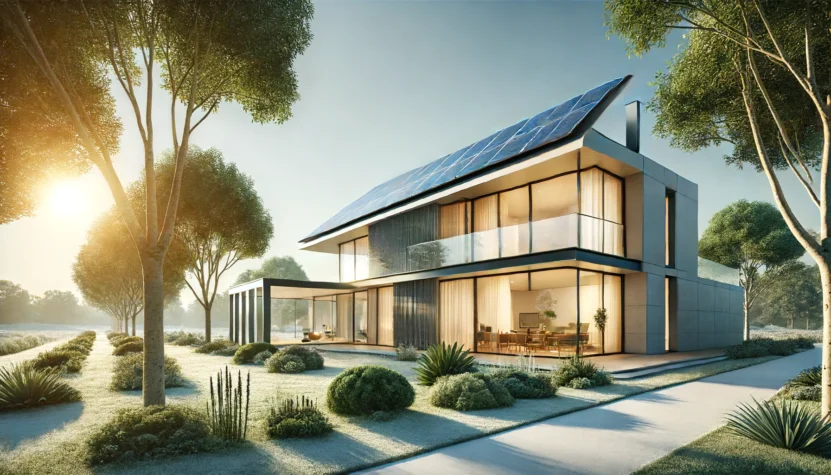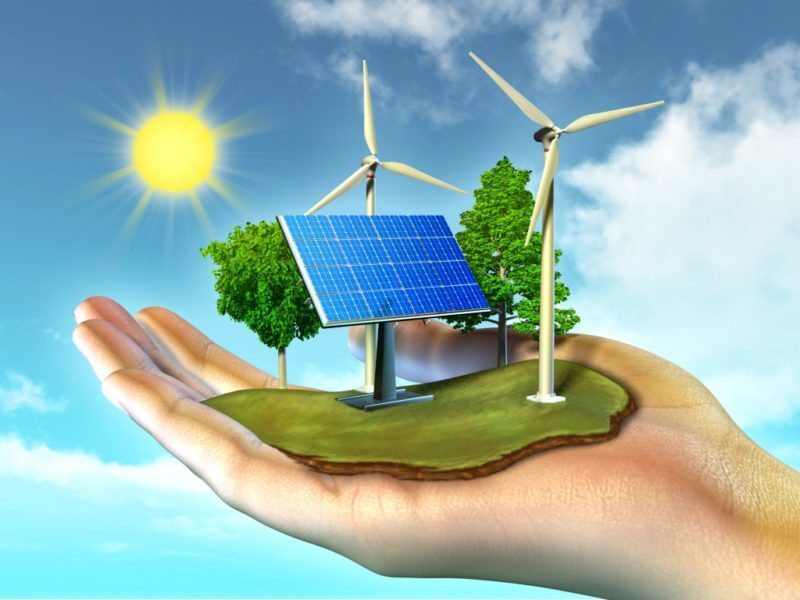Solar energy is a fantastic way to utilize the power of the sun for our energy needs. However, not all solar energy systems work the same way. There are two main types: active and passive solar energy. Knowing the differences between these two can help you decide which system suits your needs best.
What is active solar energy?
Active solar energy involves using mechanical and electrical equipment to capture, convert, and store solar energy. This method typically includes solar panels, pumps, fans, and other devices to enhance the efficiency of energy collection and distribution.
For more info about solar energy, check out our other article.
How it works
Active solar systems work by actively collecting and converting solar energy. For example, photovoltaic (PV) panels on your roof capture sunlight and convert it into electricity, which can then power your home.
Any excess electricity can be stored in batteries or fed back into the grid. Solar thermal collectors capture and concentrate sunlight to heat water or air for residential or industrial use. Pumps and fans circulate heat-transfer fluids or air, ensuring efficient energy distribution throughout the system.
Battery storage is essential for storing excess energy generated during sunny periods for use during cloudy days or nighttime.
Benefits of active solar energy

These systems can generate substantial amounts of energy, particularly in sunny regions. They offer flexibility, allowing systems to be scaled up or down depending on energy needs. Batteries in active systems allow for energy storage, providing power even when the sun isn’t shining.
Drawbacks
However, active solar energy systems can be expensive initially due to the cost of panels, batteries, and other equipment. They require regular maintenance to ensure all components function properly.
Additionally, the installation and operation of active systems can be complex, often requiring professional assistance.
What is passive solar energy?
Passive solar energy, on the other hand, doesn’t rely on mechanical or electrical devices. Instead, it focuses on designing buildings and structures to naturally collect, store, and distribute energy.
How it works
Passive solar systems rely on the natural movement of heat and sunlight. For example, large south-facing windows allow sunlight to enter a home during the winter, heating the interior. The heat is then absorbed by materials with high thermal mass, such as concrete or brick, which slowly release it, keeping the home warm even after the sun sets.
Benefits and drawbacks
- Advantages: Once designed and built, passive systems have minimal operating costs. They do not require complex mechanical systems or extensive maintenance. Passive design principles align with sustainable building practices, reducing overall energy consumption.
- Disadvantages: Effective passive solar design must be integrated from the start of the building project, which can be a limitation. Passive systems are less effective in regions with limited sunlight. Unlike active systems, passive designs can’t be easily adjusted to changing conditions or energy demands.
What’s the difference?

Efficiency
Active solar energy systems are generally more efficient at converting sunlight into usable energy, especially in sunny regions. In contrast, passive solar energy efficiency depends heavily on building design and location and is best suited for heating applications rather than electricity generation.
Cost
Active solar energy systems have higher initial costs due to equipment and installation. However, financial incentives and decreasing costs of solar panels are making them more affordable.
Passive solar energy systems have lower initial costs if integrated into the building design from the start. Their minimal operating costs make them a cost-effective option in the long run.
Maintenance
Active solar energy systems require regular maintenance of mechanical and electrical components. On the other hand, passive solar energy systems require minimal maintenance since there are no moving parts or complex systems.
Flexibility and control
Active solar energy systems offer greater flexibility and control over energy production and usage. Passive solar energy systems, however, have limited control once the building is constructed. Adjustments can be challenging without significant modifications.
Where are these systems used?

Residential use
Active solar energy is ideal for homeowners looking to generate electricity, reduce utility bills, and potentially achieve energy independence. Solar panels and battery storage systems are popular choices.
Passive energy is suitable for new home constructions or major renovations and is effective in regions with significant seasonal temperature variations.
Commercial use
Active solar energy is beneficial for businesses with high energy demands. Solar panels on rooftops or parking structures can provide substantial energy savings. Passive energy is best for commercial buildings designed with energy efficiency in mind. Large windows, atrium, and thermal mass materials can reduce heating and cooling costs.
Industrial use
Active solar energy is critical for industries requiring large amounts of energy. Solar farms and large-scale PV installations can significantly reduce operational costs. Passive solar energy is useful for specific industrial applications, such as greenhouses or facilities with significant heating requirements.
In summary
Active solar energy systems offer high efficiency and flexibility, making them ideal for electricity generation and large-scale applications. However, they come with higher costs and maintenance requirements.
Passive solar energy, on the other hand, provides a cost-effective and sustainable way to utilize the energy, particularly for heating purposes. Its simplicity and low operating costs make it an attractive option for new constructions and renovations.

